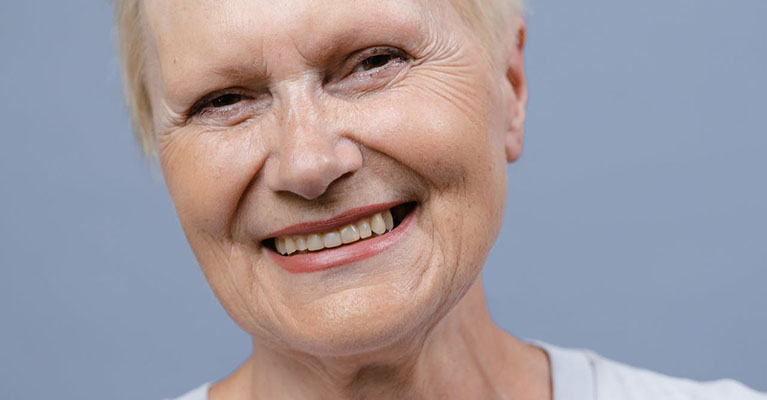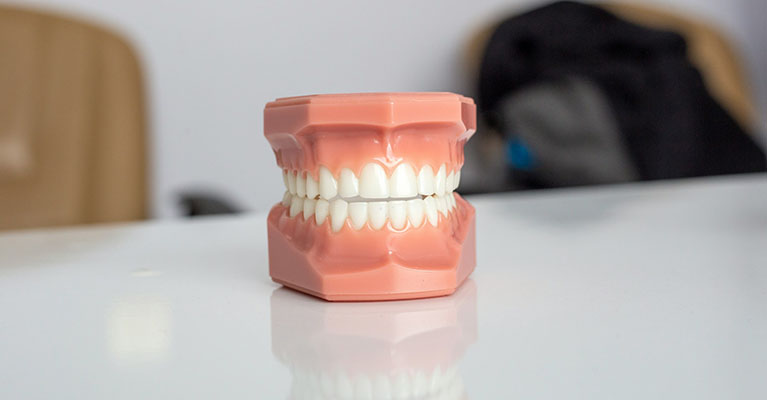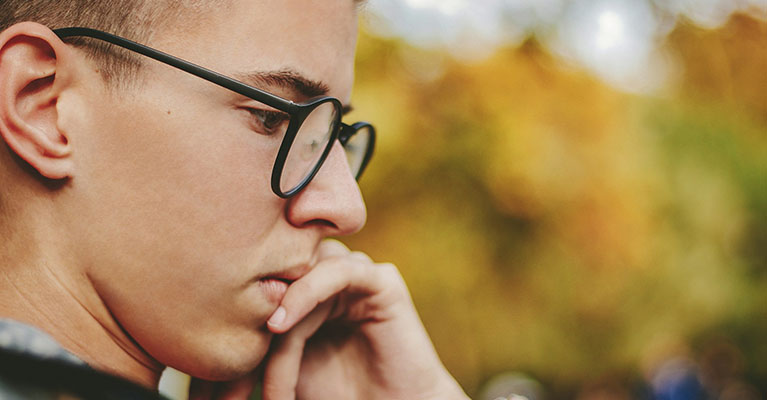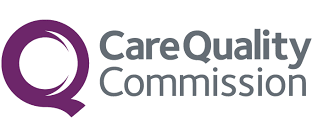Treatments For Nervous Dental Patients
2 June 2023
3 min read
By Dr. Azim Mali
Specialist Periodontist and Implant Surgeon
I'm known among my patient group and beyond for how painless my anaesthetic is.
In fact, I've published a technique in the Dental Update journal.
I call it distraction anaesthesia.
HOW TO DEAL WITH ANXIOUS DENTAL PATIENTS
Many dentists stick the needle in the less stretchy part of the gum.
I put a very fine needle in a very stretchy part of the gum.
So I will get everything ready and then I will hold the bottom lip – and put the needle close to the stretchy part of the gum.
But I won't yet pierce it.
Specialist dentist for nervous patients
Then, suddenly, I'll gently pull the lip down and – at the same time – put the needle into the stretchy part of the gum.
This way, the patient feels the pull on the lip – and not the piercing of the needle.
DENTIST FOR NERVOUS PATIENTS
I also inject extremely slowly because, if you put a lot of pressure on, patients feel pain…. so I inject it very, very, very, very slowly.
Let's consider a situation in which a dentist needs to numb up a number of consecutive teeth on the lower arch.
What most dentists would do is individually stick the needle in the gum under each tooth.
And I do the same but with a crucial difference…
Once I've pulled the lip down and made the first injection, the liquid of the anaesthetic forms a bubble in the mouth.
Best dentist for nervous patients
I then keep pushing the bubble towards the next site that I'm going to inject into.
This puts the anaesthesia in place before the needle goes in… so each injection site is already numb.
So that's one very effective way of putting my patients at ease.
Scared of dentist but need treatment
Another thing I often do whilst I'm injecting very slowly is…
With my other finger, I will slowly massage the side of the mouth so the patient continuously feels a little distraction.
Other methods I use include warming the anaesthetic to body temperature because, if we inject something cold, the nerves that are sensitive to temperature fire up somewhat.
So if we warm the anaesthetic before injecting, the patient does not feel it.
And if I'm applying anaesthetic to the palate, I tend to use an ice spray on the area.
This creates a kind of thermal anaesthesia.
Then I inject.
I'm very pleased with the patient response for these techniques.



